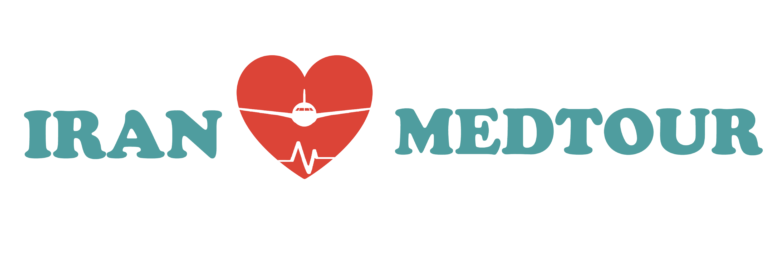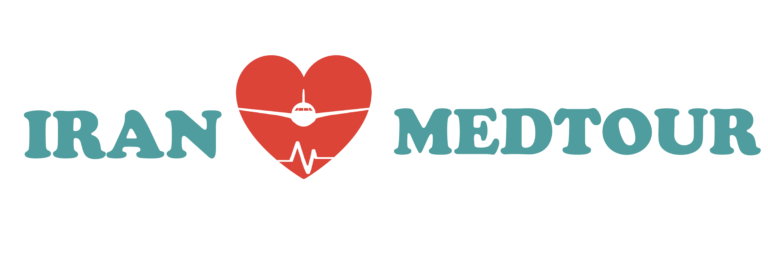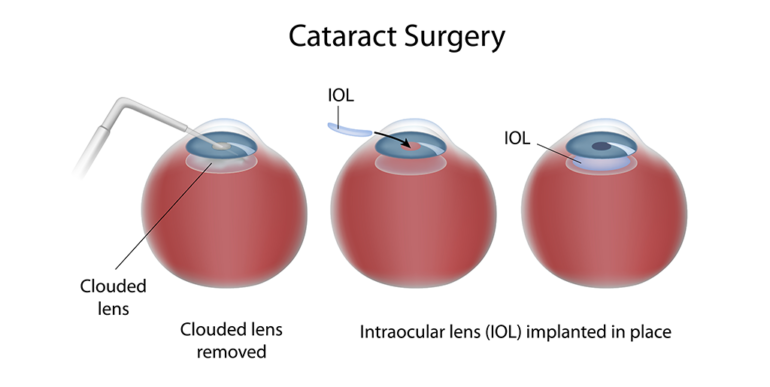Cataract surgery is very common and is generally a safe procedure, so there is no need to be hospitalized. Normally you can go home on the same day as your surgery, but you are not allowed to do some activities such as driving, bending and lifting, for about a week after your surgery.
• Colours may seem brighter after your surgery because you are looking through a new, clear lens.
• You’ll usually see your eye doctor a day or two after your surgery, the following week, and then again after about a month to monitor healing.
• Your doctor may ask you to wear an eye patch or protective shield the day of surgery or a few days after your surgery during the recovery period.
• Your doctor may prescribe eye drops or other medication to prevent infection.
 English
English
 English
English
 English
English




